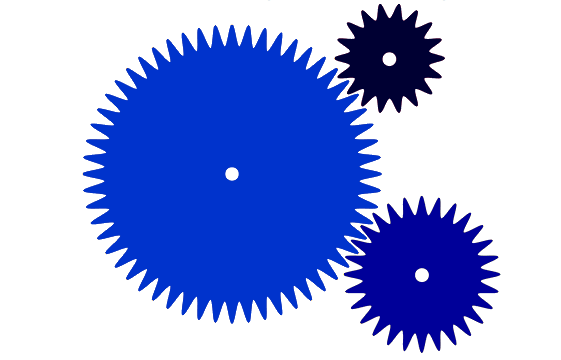Science in Year 5
The National Curriculum for Science in Year 5
Working Scientifically
During years 5 and 6, pupils should be taught to use the following practical scientific methods, processes and skills through the teaching of the programme of study content:
- planning different types of scientific enquiries to answer questions, including recognising and controlling variables where necessary
- taking measurements, using a range of scientific equipment, with increasing accuracy and precision
- recording data and results of increasing complexity using scientific diagrams and labels, classification keys, tables, and bar and line graphs
- using test results to make predictions to set up further comparative and fair tests
- reporting and presenting findings from enquiries, including conclusions, causal relationships and explanations of results, in oral and written forms such as displays and other presentations
- identifying scientific evidence that has been used to support or refute ideas or arguments.
Living Things and their habitats
Our children will be taught to:
- describe the differences in the life cycles of a mammal, an amphibian, an insect and a bird
- describe the life process of reproduction in some plants and animals.
Animals, including humans
Our children will be taught to:
- describe the changes as humans develop to old age.
Properties and Changes of Materials
Our children will be taught to:
- compare and group together everyday materials on the basis of their properties, including their hardness, solubility, transparency, conductivity (electrical and thermal), and response to magnets
- know that some materials will dissolve in liquid to form a solution, and describe how to recover a substance from a solution
- use knowledge of solids, liquids and gases to decide how mixtures might be separated, including through filtering, sieving and evaporating
- give reasons, based on evidence from comparative and fair tests, for the particular uses of everyday materials, including metals, wood and plastic
- demonstrate that dissolving, mixing and changes of state are reversible changes
- explain that some changes result in the formation of new materials, and that this kind of change is not usually reversible, including changes associated with burning and the action of acid on bicarbonate of soda.
Earth and Space
Our children will be taught to:
- describe the movement of the Earth, and other planets, relative to the Sun in the solar system
- describe the movement of the Moon relative to the Earth
- describe the Sun, Earth and Moon as approximately spherical bodies
- use the idea of the Earth’s rotation to explain day and night, and the apparent movement of the sun across the sky.
Forces
Our children will be taught to:
- explain that unsupported objects fall towards the Earth because of the force of gravity acting between the Earth and the falling object
- identify the effects of air resistance, water resistance and friction, that act between moving surfaces
- recognise that some mechanisms including levers, pulleys and gears allow a smaller force to have a greater effect

